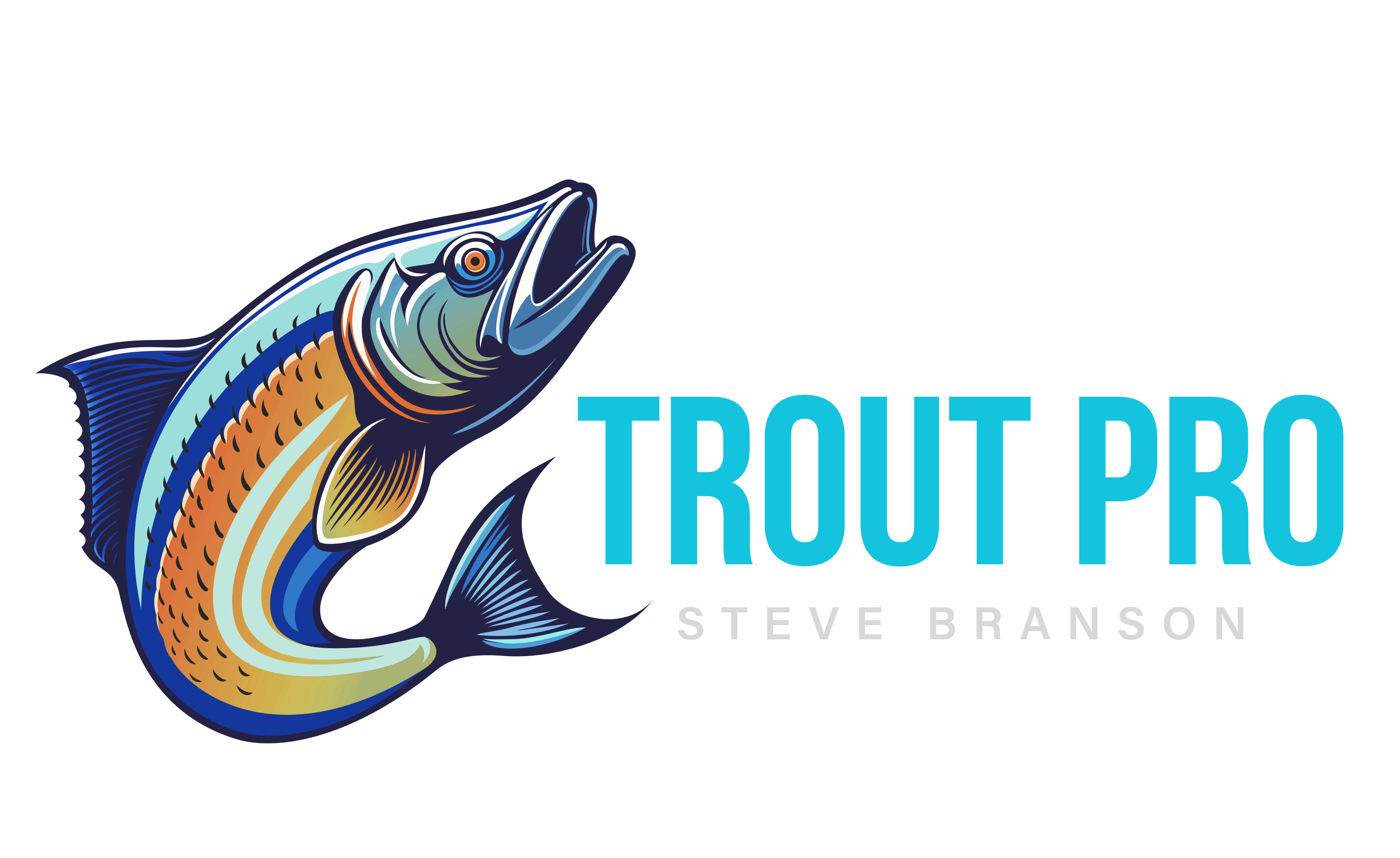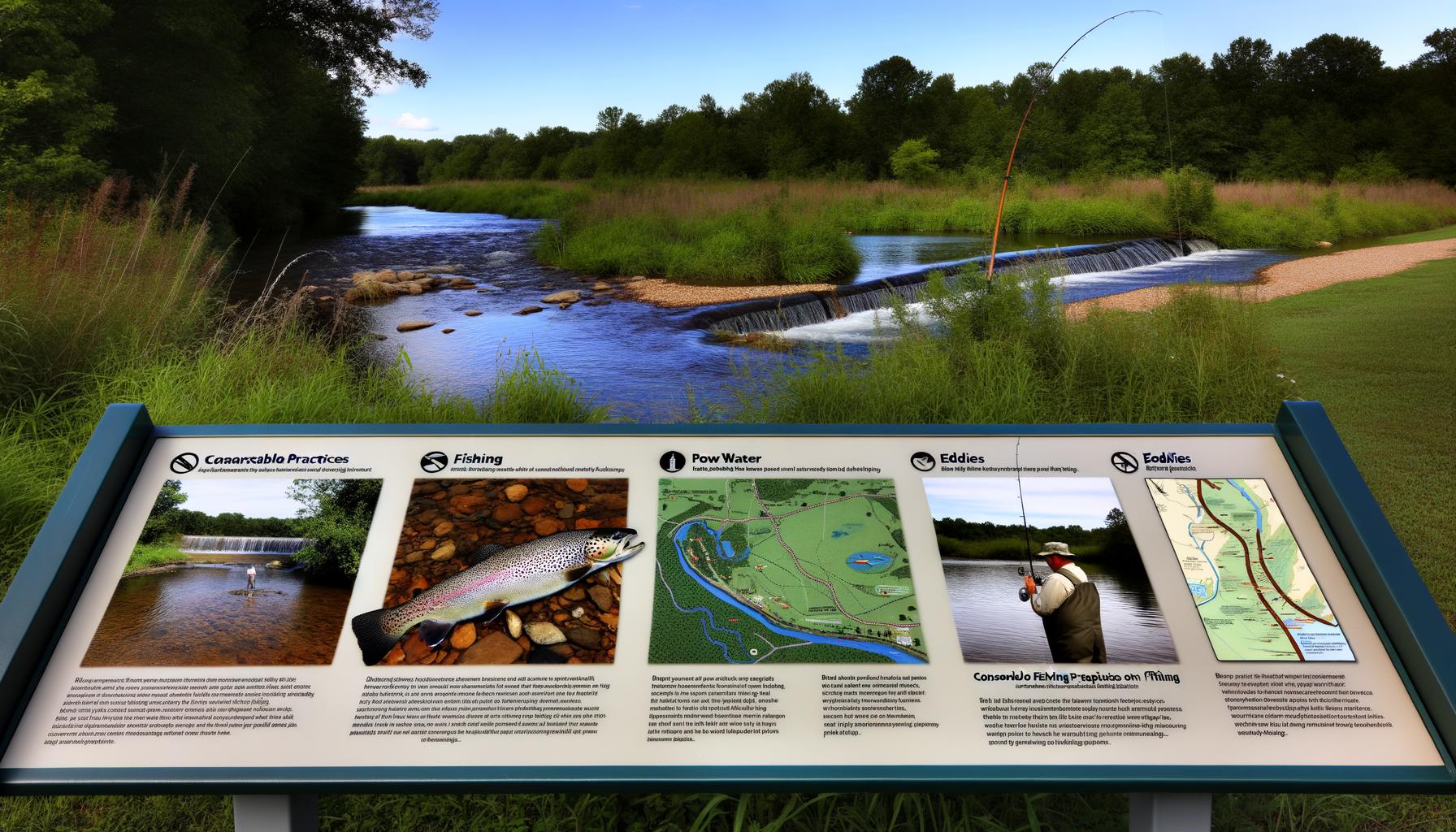Key Takeaways
1. Beaver’s Bend offers a unique blend of serene beauty and exceptional fishing opportunities, making it a prime location for trout enthusiasts.
2. Hidden fishing spots such as Lost Creek, Spillway Creek, and Hawton Low Water Bridge provide varying experiences, from secluded tranquility to energetic challenges.
3. Mastering the right gear and techniques is essential for success, including selecting the proper rod, reel, and bait specific to trout fishing in Beaver’s Bend.
4. Understanding trout behavior, such as their feeding times and preferred habitats, greatly enhances your chances of a successful catch.
5. Conservation practices, particularly catch-and-release, are vital to maintaining the region’s vibrant fish population for future generations.
6. Education and awareness around responsible fishing practices foster a legacy of sustainability and respect for the environment.
7. Engaging with local conservation efforts and utilizing expert guidance from services like Broken Bow Trout Pro enrich the fishing experience while supporting preservation initiatives.
Finding the Perfect Fishing Spot: Hidden Gems at Beaver’s Bend
Welcome to the serene beauty of Beaver’s Bend, where the water whispers secrets and trout reign supreme. Discovering the ideal fishing spot in this expansive area is akin to unearthing treasure troves. Let’s embark on this journey to find the hidden gems that make trout fishing at Beaver’s Bend an experience worth its weight in gold.
The Lure of Lost Creek
If Lost Creek could talk, it would entice every angler with stories of its bounty. Nestled like a well-kept secret, this small waterway offers the thrill of hooking trout in seclusion. Well-shaded by lush trees, it provides a peaceful escape. Remember your polarized sunglasses — the sunlight dances on the water, hiding the trout beneath.
Spillway Creek: A Confluence of Excitement
Spillway Creek, known fondly among anglers, isn’t just any creek; it’s a hive of activity. The stream’s origins are so close to the dam, ensuring cold, oxygen-rich water flows — a perfect habitat for trout. Walk upstream to encounter swirling eddies and cheeky fish waiting to test your mettle. Have your tackle box ready; those trout are a feisty bunch!
Seclusion at Hawton Low Water Bridge
If you seek solitude with a side of adventure, Hawton Low Water Bridge should top your list. Marked by a trail less trodden, this spot offers more than tranquility. The area around the bridge holds deeper pools, creating ideal residences for trout. Approach with a light step; these fish are keen, and patience will be your ally here.
Exploring Beavers Bend Trout Fishing Opportunities
Every angler in search of quality time at the river ought to visit beavers bend trout fishing with Broken Bow Trout Pro. Their expertise makes navigating Beaver’s Bend a thrilling escapade. They offer guiding services that maximize your fishing adventure, whether you’re a seasoned pro or just starting out.
Hidden Treasure: Evening Hole
The Evening Hole is more than a name; it’s a testimony to an angler’s day well spent. As sunsets kiss the horizon, cast your line here. The trout, undisturbed by the day’s hustle, become more active. With the evening mist rising, feeling a tug at your line during twilight is an intimate connection with nature.
The Adrenalin-filled Fly Fishing Zone
For those craving a rush, the Fly Fishing Zone promises adrenaline aplenty. Reserved exclusively for fly fishing, it challenges your skill and technique. The catch-and-release policy here promotes a sustainable, respectful relationship with the stunning trout population. Bring your favorite fly pattern and sally forth!
Understanding the Ecosystem: A Key to Success
Knowledge is a fisher’s best bait. Understanding the ecosystem of Beaver’s Bend allows you to predict trout patterns, ensuring the catch of the day. Observe local insects, as they reveal what the trout fancy. Always remember: a quick cast without thought is like tea without sugar—unsatisfying. Tune into the environment, and it will guide your angling.
“`html
Essential Gear and Tactics: Hooking the Big Catch
Choosing the Right Rod and Reel
The heart of any angler’s setup is the rod and reel. For trout fishing at Beaver’s Bend, a lightweight spinning outfit is ideal. These fish are delicate, and a heavy-handed approach might not cut it. Opt for a rod that’s between 6 to 7 feet long, offering good flexibility and a touch that’s as gentle as a feather. Pair it with a reel that has a smooth drag system—trust me, you don’t want a jerky reel when that prize catch is on the line!
Line and Leader Selection
When spooling your reel, choose a light line, usually around 4 to 6-pound test line. Trout aren’t known for their forgiving nature, especially in clear waters. Using a thinner line makes your bait look more natural. Connect this to a fluorocarbon leader; this type of line is nearly invisible underwater, adding to your stealth. A leader length of about 12 to 18 inches is typically perfect.
Lures and Baits That Attract Trout
Trout are picky eaters. From worms to artificial lures, they have their preferences. Here in Beaver’s Bend, inline spinners and small spoons are effective. The flash and vibration draw in curious trout, like moths to a flame. For bait, consider using live worms or PowerBait, colors like chartreuse or garlic flavors often do wonders. Remember, their olfactory senses are keen, so scents matter!
Understanding Trout Behavior
Catching trout requires knowing how they behave. Mornings and evenings are prime times—trout love the cooler parts of the day. Look for them in deep pools or near underwater structures where they can ambush prey. Keep your eyes peeled for rising fish, an indication they’re feeding on surface insects. Being patient is crucial. They might grab the bait after your umpteenth cast!
Techniques for Casting and Retrieval
Casting in the right spot is half the battle. Aim upstream and allow your lure to drift naturally down, mimicking real food. When retrieving, experiment with speed and rhythm. Sometimes slow and steady wins in the trout-catching race; at other times, a quick, erratic retrieve piques their interest. Each day is different, so be ready to adjust.
Reading the Water and Conditions
Look at the water’s surface—does it ripple, or is it as smooth as glass? The conditions affect where trout hang out. On windy days, they’ll be in calmer pockets. Overcast skies mean they’ll roam more freely. During bright days, they may hide in shaded parts. These factors help you think like a trout. Let the environment guide your next move and preparation, like a chess game against nature itself.
For more information on Beaver’s Bend trout fishing, {} Broken Bow Trout Pro delivers expertise and gear guidance to make your adventure memorable.
“““html
Understanding Trout Behavior: Nature’s Mysteries Revealed
The Secret Lives of Trout
Trout. Majestic, elusive, and sometimes, downright baffling. In the dance of shadows and ripples in Beaver’s Bend, understanding a trout’s behavior is an art form. It’s about reading nature’s silent language. Picture it: you, standing amidst the towering woods, a gentle whisper in the breeze, guiding your line toward the perfect catch. Intrigued? You should be.
The Curiosity of Trout
Trout aren’t just fish; they’re little water detectives. What makes them tick? Well, curiosity, for one. Imagine a trout eyeing a glimmering lure. Is it food or perhaps a shiny new spectacle? This curiosity drives their movement, exploring the rich tapestry of sparkling waters.
Trout Territory: A Watery Kingdom
A trout’s home is its castle, and its territory is sacred. Think of it like your favorite reading nook—cozy, familiar, and fiercely protected. Beaver’s Bend is a trout’s haven, with varied terrains offering just the sanctuary they crave. Knowing these spots is akin to having the secret map to hidden treasures.
Patterns and Preferences
Every trout has its rhythm and blues. Some like quiet pools, others prefer the lively currents. On hot, tranquil afternoons, they seek the shade, hiding under tree canopies. During cool mornings, the surface becomes their playground. Understanding these cycles can be your secret weapon in the game of beavers bend trout fishing.
The Art of Stealth
Trout have eyes as sharp as a hawk’s. The slightest shadow or movement can send them darting away faster than you can say “got you!” Stealth is your ally. Approach with the grace of a cat and the quiet of a falling leaf. Blend into your surroundings, becoming part of the landscape.
Embrace the Wild
It’s a dance and a dialogue. You with your line, and nature with her wild rhythms. Each cast is a question, waiting for nature’s reply. So, next time you’re whispering to the waters of Beaver’s Bend, remember: the trout are listening, and they just might whisper back.
“`**
Conservation and Catch-and-Release Practices: Fish for the Future
**
**
Preserving the Beauty and Bounty of Nature
**
The serenity of fishing at Beaver’s Bend offers both a thrill and a responsibility. The abundant beauty of this area demands everyone’s participation in its conservation. If you’re eager to dive into the fascinating world of conservation, you’re not alone. Many anglers share your passion. The goal is simple: to keep these waters thriving for generations to come.
**
The Concept of “Catch-and-Release”
**
The practice is straightforward but essential. Catch the fish gently, revel in the moment of the catch, and then, with care, release it back. This ensures a sustainable fish population. Practicing this doesn’t mean less excitement; rather, it’s a commitment to future fishing adventures. Remember, each release is like a promise to return another day.
**
Best Practices for Catch-and-Release
**
1. **Use Barbless Hooks**: These hooks make it easier to release the fish unharmed. They may seem like small changes, but they significantly increase survival rates.
2. **Minimize Handling**: Use wet hands or special gloves. This protects the fish’s delicate slime layer. Imagine yourself in their shoes—or fins!
3. **Limit Air Exposure**: When out of water, each second counts. It’s best to admire your catch quickly and snap a photo before releasing.
4. **Release in Calm Water**: Gently place the fish back into calm water, giving it time to regain strength before swimming away. It’s like giving them a friendly pat on the back.
**
The Importance of Fish Stocking
**
For an enriching experience, understanding fish stocking is key. This practice involves introducing hatchery-raised fish into the waters, supplementing the natural population. It’s a common conservation strategy enhancing fishing opportunities while sustaining the delicate balance of aquatic life. Fish stocking programs ensure that Beaver’s Bend remains a premier fishing destination, without overburdening native species.
**
Educating the Future Anglers
**
Sharing knowledge is equally important. Whether it’s teaching kids or fellow anglers, spread awareness about conservation practices. It’s not just about fishing; it’s about leaving a legacy. That’s the spirit Beaver’s Bend truly represents.
**
Engage with Local Conservation Efforts
**
Get involved with local conservation groups. Many organizations host events and workshops. These engagements foster community spirit and create more informed anglers. They rely on support from enthusiasts like you to protect these waters. Together, you make a difference.
To learn more about the secrets of beavers bend trout fishing and enjoy unique fishing experiences, consider consulting Broken Bow Trout Pro. This company is dedicated to providing expert guidance and fostering a love for responsible fishing among anglers and outdoor enthusiasts alike.

